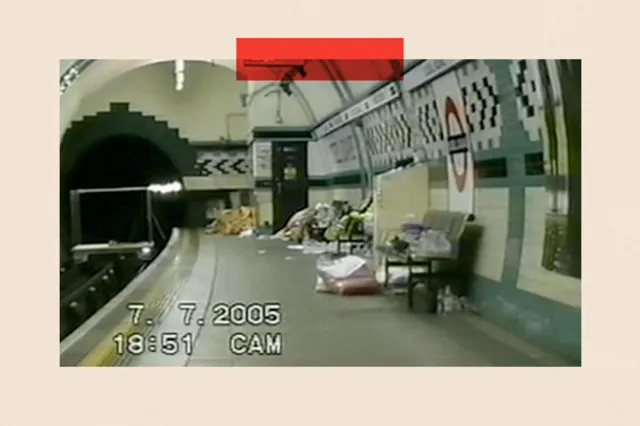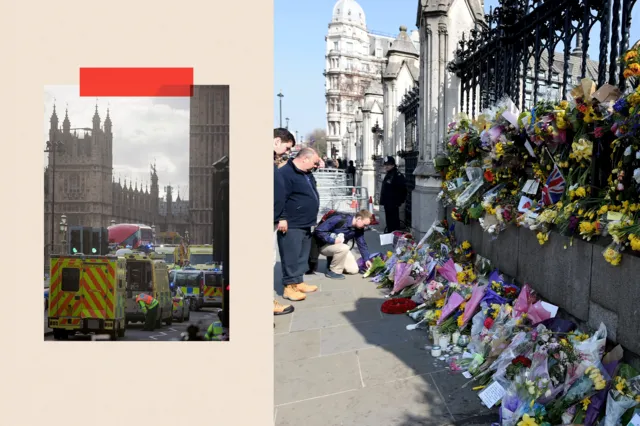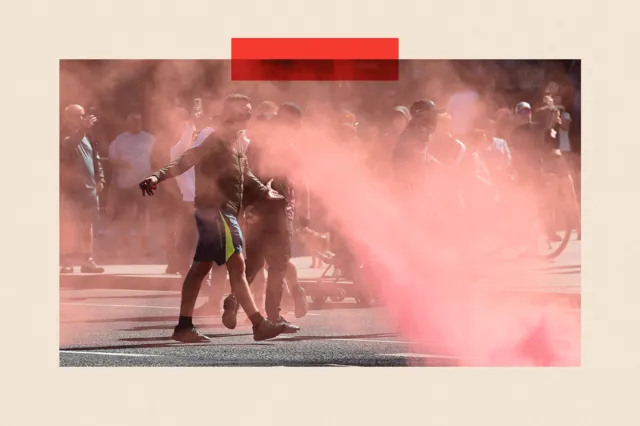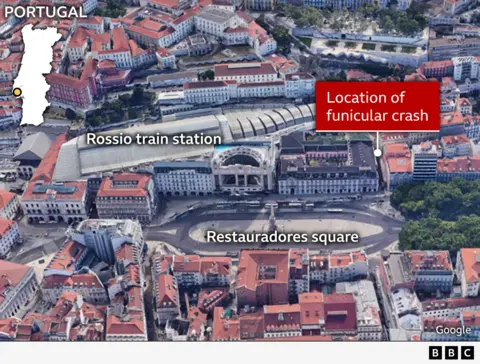20 Years After 7/7: Assessing the UK’s Evolving Counter-Terrorism Landscape
20 Years After 7/7: Assessing the UK’s Evolving Counter-Terrorism Landscape
Twenty years on from the devastating 7/7 London bombings, the United Kingdom stands at a critical juncture, reflecting on its journey to enhance security and counter-terrorism measures. The horrific attacks on July 7, 2005, which claimed 52 lives and injured hundreds, served as a brutal wake-up call, exposing significant shortcomings in the nation’s intelligence and security apparatus. This retrospective analysis delves into the missed opportunities, the evolution of counter-terrorism strategies, and the ongoing challenges in safeguarding the UK against an ever-changing threat landscape.
Missed Opportunities and the Shadow of 7/7
Newly resurfaced surveillance images from the early 2000s offer a haunting glimpse into potential missed opportunities. These grainy photographs capture Mohammed Sidique Khan, the ringleader of the 7/7 attacks, in various clandestine meetings and training environments. In 2001, Khan was identified at an al-Qaeda-associated camp in the Lake District. Later, in 2004, he was photographed meeting with other individuals later linked to bomb plots outside London, and subsequently followed by MI5. Despite these sightings, the critical dots were never connected, and Khan, along with his accomplices, was not identified as a priority threat until after the catastrophic bombings. This lack of comprehensive intelligence sharing and analysis among agencies at the time is now widely acknowledged as a significant failure.

The official inquiry into the attacks highlighted systemic issues, including a culture within intelligence agencies that was not adequately geared towards identifying and disrupting plots orchestrated by loosely connected cells, a stark contrast to the more hierarchical structures encountered when dealing with groups like the IRA. The pressure on intelligence teams was immense, and as Lord Jonathan Evans, former head of MI5, noted, difficult choices had to be made about which threats to prioritize. However, the failure to adequately investigate Khan, who was discounted as a lower priority due to insufficient intelligence about his immediate intentions, remains a critical point of reflection.
Evolving Strategies: From 7/7 to Operation Overt
The aftermath of 7/7 catalyzed a fundamental shift in the UK’s counter-terrorism strategy. MI5 and police agencies forged closer working relationships, enhancing intelligence-sharing protocols and developing more sophisticated methods for penetrating extremist cells. A significant development was the introduction of new offenses, such as “preparing for acts of terrorism” in 2006, which allowed law enforcement to intervene earlier in the planning stages of attacks. This legislative change, coupled with increased funding and improved analytical capabilities, proved effective in disrupting plots. A prime example of this enhanced capability was Operation Overt in 2007, which successfully foiled a plot to detonate liquid bombs on transatlantic aircraft, demonstrating the agency’s improved ability to detect and neutralize complex threats.

Furthermore, intelligence agencies recognized the need for a national, rather than London-centric, approach. MI5 expanded its regional presence, establishing stronger collaborations with local police forces across the UK. This decentralized intelligence gathering and operational response proved crucial in identifying and countering threats emerging from various parts of the country.
The Rise of “DIY” Attacks and Online Radicalization
The emergence of the Islamic State (IS) in 2014 introduced a new and complex dimension to the threat landscape. IS encouraged followers unable to travel to Syria and Iraq to carry out “DIY” attacks in their home countries. This shift towards self-radicalization and lone-wolf attacks, often inspired by online propaganda, presented a significant challenge. The UK responded by enhancing its ability to monitor online spaces and by developing strategies to “disrupt” extremists returning from abroad, including the revocation of passports and citizenship. The attacks in 2017, such as the Westminster Bridge incident, exemplified this new wave of rapid, often unpredicted, violence carried out by individuals acting alone.

The Prevent program, designed to identify and support individuals at risk of radicalization, became a vital component of the UK’s counter-extremism strategy. Despite initial controversies regarding its effectiveness and privacy implications, Prevent has been credited with providing support to thousands of individuals identified as being at risk of radicalization, offering counseling and mentoring to steer them away from extremism.
The Manchester Arena Bombing and “Martyn’s Law”
The 2017 Manchester Arena bombing, which claimed the lives of 22 people, including Martyn Hett, underscored the persistent vulnerabilities within the counter-terrorism framework. While MI5 missed an opportunity to act on intelligence concerning the bomber, the attack also highlighted critical security gaps at public gatherings. Figen Murray, Martyn’s mother, became a powerful advocate for legislative change, leading to the development of “Martyn’s Law.” This legislation mandates that venues with a capacity of over 800 people implement robust security plans, including CCTV and security staff, and that all venues holding over 200 people have emergency preparedness measures in place.

The Evolving Nature of Terror Threats
Counter-terrorism policing, now headed by Deputy Assistant Commissioner Vicky Evans, is confronting an increasingly diverse and complex threat. Suspects are often younger, influenced by a constant stream of violent material available online. A growing concern is the rise of individuals motivated by extreme violence but lacking a clear ideological grounding, posing challenges for both law enforcement and the Prevent program. The case of Alex Rudakubana, the Southport murderer who was flagged to Prevent multiple times, is central to ongoing debates about internet-fueled violence and may prompt a re-evaluation of the very definition of “terrorism.”

The government’s recent decision to ban Palestine Action under terrorism laws for criminal damage highlights the ongoing debate about the scope of counter-terrorism measures. While the UK now possesses more extensive powers and a more sophisticated counter-terrorism network, the nature of the threat continues to evolve, demanding constant adaptation and vigilance. Since 2017, police have disrupted 43 “late-stage” plots and responded to 15 domestic terrorism incidents. This ongoing struggle reflects the delicate balance between national security and civil liberties, a challenge that continues to be at the forefront of every government’s agenda.
Additional Reporting: Jonathan Brunert
Top image credits: AFP via Getty and Justin Talli
BBC InDepth provides in-depth analysis and fresh perspectives on critical issues.



Post Comment